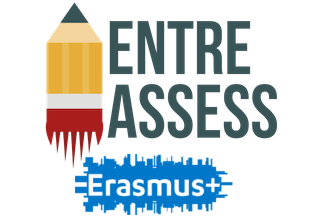Augmented reality (AR) is expected to have a significant impact on education over the next few decades. AR is a technology that uses data gleaned from the Internet, sensors embedded in our portable devices, and novel display technologies to create digital overlays that are mapped onto the environment that we directly perceive. The result is a perceived environment that not only consists of its physical properties, but can be made to present itself in any way that we choose, whether it be an environment that tells us about itself, interactive dinosaurs that emerge from a page in a book, to Pokemons hiding in bushes in our favorite park.
AR will not only affect what we will need to learn and how we will learn it, it will also fundamentally change our relationship with our environment, and has in fact already begun to do so. It is not unrealistic to expect that, within the next several years, the youth in our schools will have grown accustomed to traversing a multiplicity of realities, each having its own distinct properties, cultures, rules of engagement, and knowledge formats. One day they may battle aliens trying to break through the walls around them, and the next, participate in a simulated collaborative work environment involving individuals from all over the world. The possibilities are seemingly endless.
In professional development activities led by the University of Iceland’s Education Plaza (www.menntamidja.is) over the past several years, Icelandic educators have been encouraged to consider some of the challenges and opportunities that AR can be expected to bring to learning environments. Among some of the themes for future learning in AR environments that have emerged are:
- More collaborative learning
- Integrated thematic or “phenomenon based” (PhenoBL) learning
- Use of authentic simulated environments for learning
- Learning “how and why” vs. “what”
- Creative construction and use of emergent realities
Many of the changes suggested by these themes can already be observed. Collaborative learning and integrated subjects are certainly popular themes and are being institutionalised through policy and national curricula throughout Europe and beyond. Other themes are more forward-looking and challenging, in particular those that hint at radical changes in the form, function and purpose of learning environments. These raise difficult questions that educators will need to address sooner than later:
- What do we teach in school when our environment can teach us about itself?
- Where will our future learners go when they “go to school”?
- How do we assess learning for a multiplicity of realities?
- How do we educate people today for an increasingly uncertain future?
Tryggvi Thayer, Project Manager, University of Iceland School of Education


